I have a data frame which has been flattened on a specific property:
id property_a properties_b
id_1 property_a_1 [property_b_11, property_b_12]
id_2 property_a_2 [property_b_21, property_b_22, property_b_23]
..................
I'd like to expand the column properties_b to go back to a data frame looking like this:
id property_a property_b
id_1 property_a_1 property_b_11
id_1 property_a_1 property_b_12
id_2 property_a_2 property_b_21
id_2 property_a_2 property_b_22
id_2 property_a_2 property_b_23
..................
I suspect this is very simple with Pandas, but being new to Python, I struggle to find an elegant way to do so.

